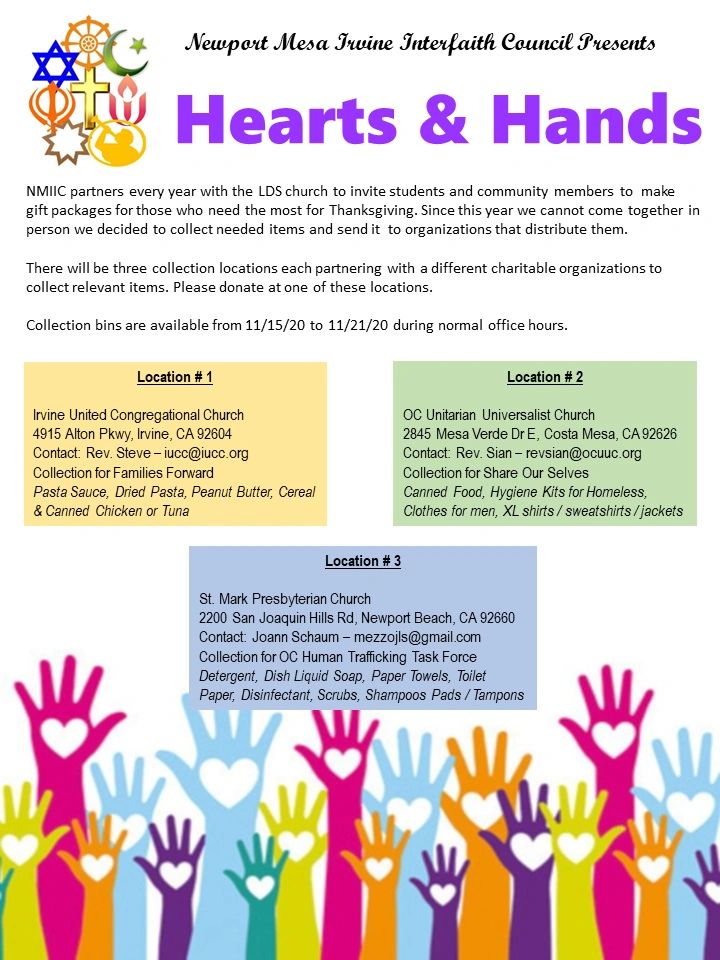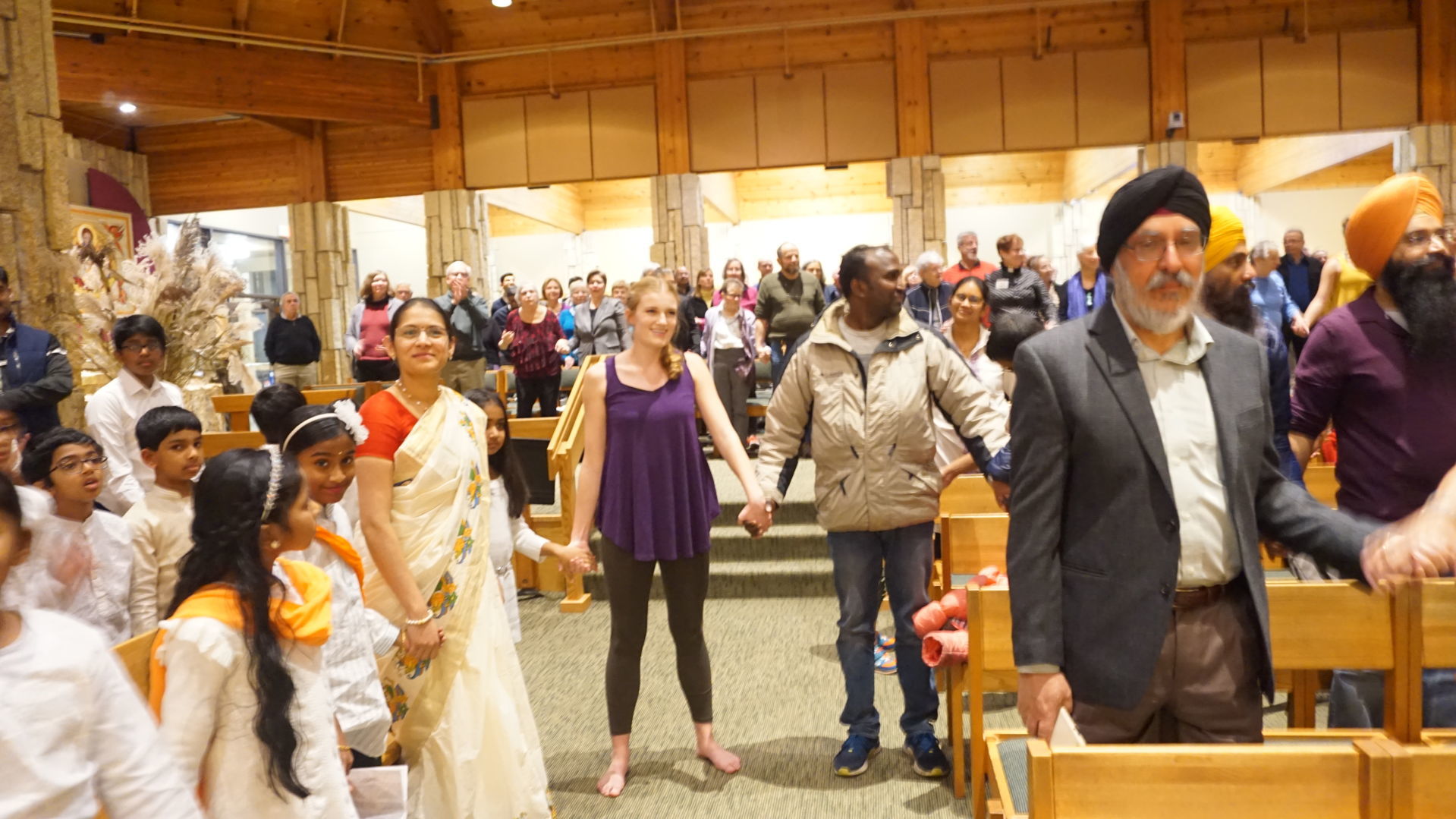
I shall treasure you, nourish you, and respect you as those who have devoted themselves to their wives with love and integrity throughout the generations.” The bride, _, daughter of _, said to the groom: “I consecrate you to me as my husband according to tradition. The groom, _, son of _ _, said to the bride: “I consecrate you to me as my wife according to tradition. On the _ day of the week, the _ day of _, in the year _, corresponding to the _ day of _, in the year _, a mutual covenant of marriage was entered in _, between the groom, _, and the bride, _.

Micah Parker at KetubahStudio has several versions of inclusive statements. They continue with the traditional line, “You are sanctified unto me according to the tradition of Moses and Israel.” Interfaith ketubah texts usually avoid using this original formula and substitute more inclusive language, such as “You are sanctified unto me according to tradition” or “I consecrate you to me as my wife/husband/partner.” The standard format is to begin with the Hebrew and English date and place of the wedding. There are ketubot in Aramaic and English, Hebrew and English, and only English.

You can choose among many ketubot available on the internet that are already designed and are ready to be filled in with your names. Ketubot were originally written in Aramaic, the local language spoken by ancient Jews (including Jesus). If you’ve found the interfaith ketubah that interests you, just ask the artist for your preferred wording to better reflect your LGBTQ union. Some couples are looking for “husband and wife,” while others may want “wife and wife,” “partners,” or other wording reflective of their relationship. Many are also open to customizing the text with different language to honor your partnership. Many of these ketubah artists, and others you may find, have created ketubot that honor LGBTQ couples as well as interfaith unions. One last option would be for the couple to work with an artist to create a customized ketubah, original to the couple and meeting their unique needs. You will find interfaith ketubot that maintain much of the form and language of a traditional ketubah others that include references to a couple’s two religious traditions a third set that emphasize a couple’s common spirituality and a fourth set with a secular orientation, that focus on declaring your promises to support each other in hard times and share tasks, without mentioning religion. In order to make the process of choosing an interfaith ketubah easier for you, 18Doors has described five different trends of interfaith ketubot. You can find many websites devoted to ketubot and to the artists who create them. For this reason, many interfaith couples choose to have a ketubah and even make it a focal point of their wedding, reading it as part of the ceremony and displaying it on an easel for all their guests to view. Today, the ketubah has become a work of art and a visual testament to the love and commitment of a couple.

In past generations, the ketubah was a simple document supplied by the rabbi, signed before the ceremony and filed away with the secular marriage certificate.


 0 kommentar(er)
0 kommentar(er)
